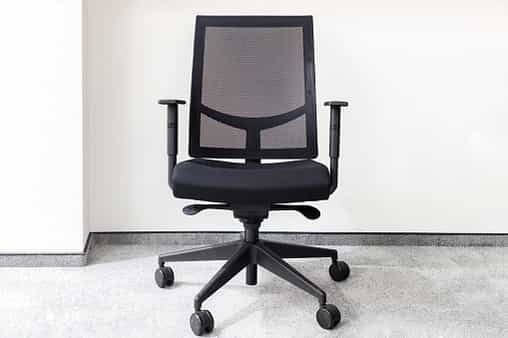MSPs must stop ‘Swivel Chair’ syndrome
By Martino Corbelli, Marketing Director at POPX
Published on August 14, 2022

What is 'Swivel Chair' syndrome?
A swivel chair process is the result of manually entering the same data into multiple systems that lack integration. An agent enters data into one screen, then literally swivels their chair to face another screen to input the same information into another IT system, and on it goes. The problem is often exacerbated by emailing the same information to colleagues in other teams who must then input the data again into another system the original agent doesn’t have access to.
As different teams handling the data may have varying data standards that individuals may or may not adhere to, discrepancies in the data can quickly arise, causing all kinds of problems downstream. For example, the same customer could have 12 different versions of its company name across the Managed Service Provider (MSP) business. With no one taking responsibility for how a client’s company name and address must be written and presented back via the customer portal, this can be a little awkward to say the least.
The dangers of chair swivelling
Common causes of customer service agent frustration are the working conditions and tools they must use. Combine this with the impact of inefficient manual processes, combined with repetition that causes errors and this will lead to a poor customer experience. For MSPs, the cost of getting it wrong and having to re-work customer orders or change requests can be significant and will negatively impact the cost to serve. More importantly, this could irreversibly impact the customer relationship, causing it to sour before the first service has been successfully provisioned. Surely not the lasting impression you want for a new client!
The number of software applications used by businesses has exponentially increased over recent years. According to research by Okta Inc., in 2018 the average number of applications per company was 129. When you consider that technology is the business of an MSP, it’s easy to see how the number of applications they use can quickly outpace the average organisation – before you even consider the addition of supplier systems. This puts pressure on the internal operations of every tech service provider in terms of their underlying architecture and processes, not to mention the added stress on the need for their people to perform accurately and efficiently.
Once you start to throw high volumes of customer interactions at such an organisation, you quickly start to realise that manual repetitive processes simply cannot scale. Further, this will risk demotivating team members beyond repair, leading to high levels of employee turnover. Achieving an appropriate balance in the Speed-Accuracy-Cost Triangle in this scenario becomes increasingly difficult. Without this balance, an MSP is likely to experience excessive loss of time, money and morale, with a lack of employee engagement and fatigue contributing to a culture of distrust. This is hugely detrimental to internal operations and customer relationships.

Approach service management holistically
Taking a holistic approach to service management is the path through complexity for MSPs. This will help achieve balance, delivering process automation that brings the speed, accuracy and cost controls all service providers seek. In this way, they can deliver high quality employee and customer experiences, exponentially adding value to an MSPs business. Setting standards, by adopting a single service management platform is the template for success to eradicate swivel chair syndrome. Doing so promotes quality across the organisation for data processing and recording, so an MSP can trust its data. Further, this will provide an architecture for integrations with internal and supplier systems that allows processes to be streamlined and automated, combined with the capability to consolidate the vast number of acquired applications in use.
Manual multi-entry data inputs must be eradicated through workflow automation that communicates across the technical architecture via an efficient integration methodology. This will fix the agent experience to improve the customer experience and cut down on visits to the chiropractor, as swivel chair syndrome becomes a thing of the past. MSPs are traditionally disorganised from an architectural point of view, so allowing each department to arbitrarily adopt new software applications will wreak havoc on an already disorganised architecture. The necessity to track and analyse information, create dashboards, reports and share this information with customers, relies on removing unnecessary complexity, and cost, once and for all.
To find out more about how POPX can help you eradicate swivel chair syndrome please complete the contact form.
